1. Whispering Secrets to Carps in Japan
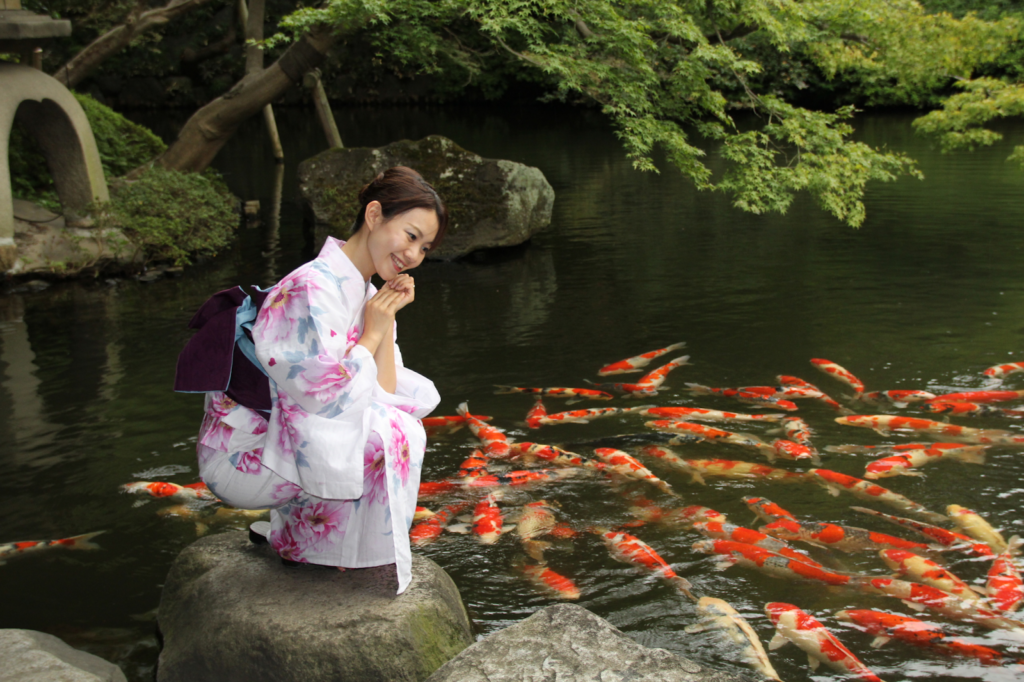
Wikimedia Commons
In some parts of Japan, carps (koi fish) are believed to carry your wishes into the new year. Families gather near ponds or rivers to softly “whisper” their aspirations for health, love, or prosperity to the fish. The koi, known for their resilience and longevity, symbolize strength and endurance—qualities people hope will accompany them through the year. It’s a serene ritual that combines reflection with nature, and many swear that koi are particularly attentive listeners. Additionally, the vibrant colors of koi fish—from fiery reds to shimmering gold—are thought to amplify their lucky qualities. This practice underscores a broader cultural respect for the koi, which often serve as a symbol of good fortune and perseverance in Japanese culture. It’s a touching way to start the year with hope and connection to nature.
2. Roosters Crowing for Prosperity in China

Pexels
In rural Chinese villages, it’s customary to place a rooster at the head of a New Year’s banquet table to attract prosperity. Roosters, associated with punctuality and vigilance, are said to scare away evil spirits with their powerful crow. Families may even adorn the bird with red ribbons, a color representing luck and joy. Whether kept as honored guests or served as part of the feast, the rooster’s presence signifies a commitment to waking up early and facing challenges head-on. Red also serves as a protective color against misfortune, further solidifying the rooster’s role in safeguarding households. This tradition is especially popular in agricultural communities, where roosters are valued as both protectors and providers. It’s a unique and colorful way to celebrate New Year’s and welcome good fortune.
3. Elephant Blessings in Thailand
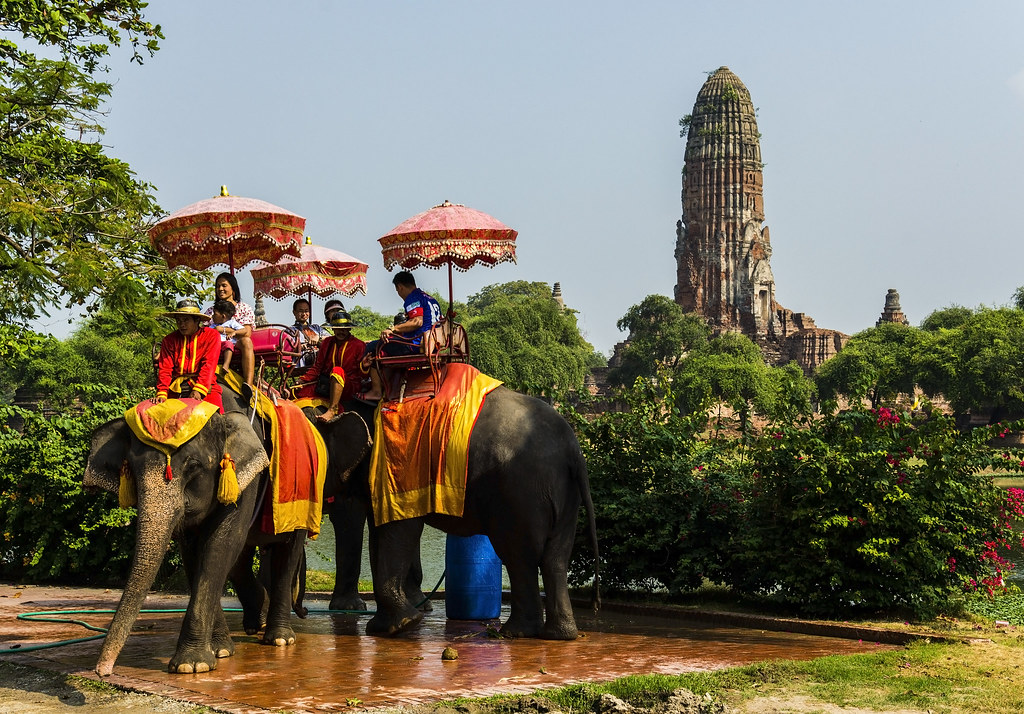
Flickr
During Songkran, the Thai New Year celebrated in April, elephants are believed to bring blessings. Although separate from January’s celebrations, some communities in northern Thailand extend the custom to Western New Year. Locals adorn elephants with colorful paint and flower garlands, and it’s common to have water poured from their trunks as a blessing. Elephants are revered for their wisdom and strength, and interacting with them during the New Year is thought to bring peace and prosperity. These majestic creatures also symbolize perseverance, a trait many hope to embody in the year ahead. The sight of elephants decorated in vibrant colors, accompanied by traditional music and dance, creates a festive atmosphere that’s both joyful and deeply spiritual. It’s a celebration that connects people with their cultural roots and the natural world.
4. Guinea Pigs for Gratitude in Peru
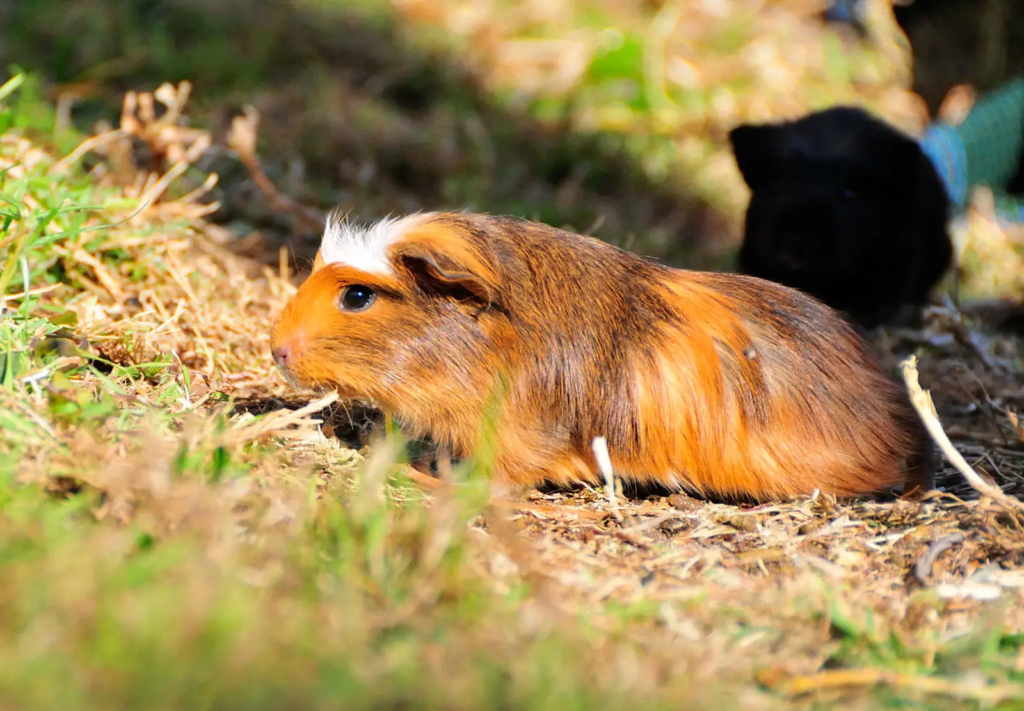
Animalia
In the Andean regions of Peru, guinea pigs (or cuy) are central to rituals of gratitude and renewal. For New Year’s, some families perform a ceremony where they gently brush the guinea pig over individuals to absorb negative energies. This sacred animal, considered a bridge between the earthly and spiritual worlds, is then released back to nature or treated with extra care. The ritual is not only a cleansing act but also a moment to reflect on the past year and set intentions for the future. Guinea pigs have been significant in Andean culture for centuries, revered for their spiritual and practical contributions. This tradition, blending ancient beliefs with modern practices, offers a heartfelt way to start the year with a clear mind and open heart.
5. Dancing with Llamas in Bolivia
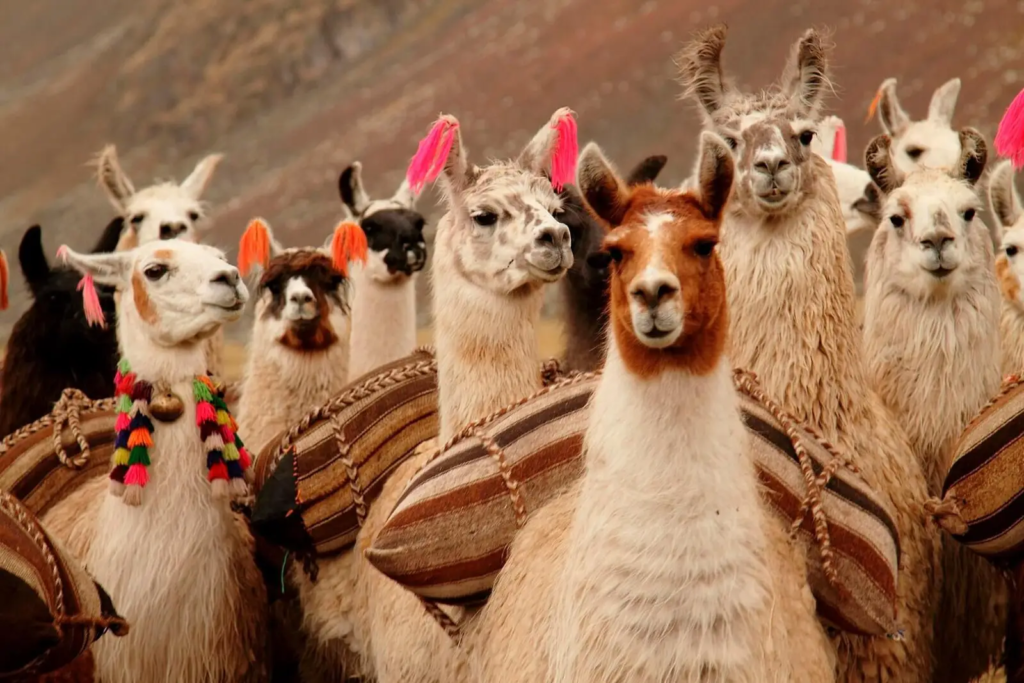
Animalia
Bolivian communities celebrate the New Year with a vibrant festival that features llamas dressed in colorful blankets and tassels. These gentle animals, considered symbols of endurance and prosperity, are paraded through the streets to festive music. Some people offer small tokens, like coins or flowers, to the llamas in hopes of a bountiful year. The llamas, adorned in intricate designs, become living symbols of abundance and harmony. Beyond their ceremonial role, llamas are essential to Andean life, serving as pack animals and providers of wool. Their presence during New Year’s underscores their cultural significance and reinforces a connection to traditional ways of life. This unique celebration combines joyful expression with deep respect for the llama’s contributions, making it a meaningful way to welcome the new year.
6. Cat Paw Prints in Japan
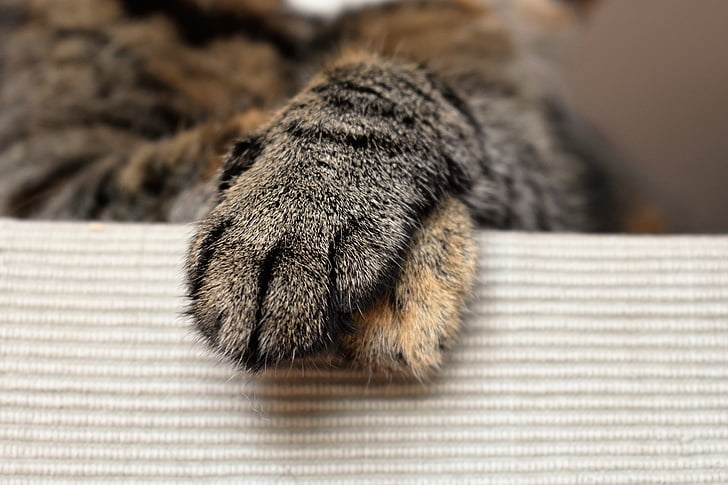
PickPik
In Japan, cats are said to invite good luck with their paw prints. On New Year’s Eve, some families spread flour or rice powder near their doorways, hoping their feline companion will step through it. The resulting paw prints are believed to protect the household and ensure financial prosperity. Cats are cherished symbols of good fortune in Japan, often depicted as maneki-neko, or “lucky cats,” which are thought to attract wealth and success. This charming tradition blends superstition with a deep love for cats, allowing families to involve their pets in the festivities. It’s also a playful way to engage with the holiday spirit, as children and adults alike eagerly watch for the telltale paw prints. For cat lovers, it’s an endearing and auspicious way to start the year.
7. Wishing with Swallows in Hungary

Animalia.bio
In Hungary, seeing a swallow on New Year’s Day is thought to bring happiness and success. Although this is less of a formalized tradition and more of a countryside superstition, some families encourage the birds to linger by leaving out seeds or crumbs on windowsills. Swallows are associated with renewal and hope, making them perfect omens for a promising year ahead. These agile birds, with their graceful flight and cheerful chirping, symbolize the return of warmth and abundance. Spotting one can feel like a small but meaningful blessing, especially for those who see the swallow as a bridge between the natural world and human aspirations. This simple yet profound tradition reminds people to appreciate life’s fleeting joys and to carry hope into the new year.
8. Turtle Rituals in the Caribbean

Wikimedia Commons
In parts of the Caribbean, turtles are celebrated for their connection to longevity and wisdom. On New Year’s, communities host turtle-release events where hatchlings are gently guided to the sea. Participants believe helping these creatures start their journey brings good karma and a prosperous year. The ritual also highlights the importance of environmental conservation, as many turtle species face threats from pollution and habitat loss. By participating in these events, individuals not only embrace the spirit of renewal but also contribute to preserving a vital part of marine ecosystems. Watching the tiny turtles make their way to the ocean is a poignant reminder of resilience and new beginnings, making it a deeply symbolic and heartwarming tradition.
9. Feeding Ravens in Scandinavia
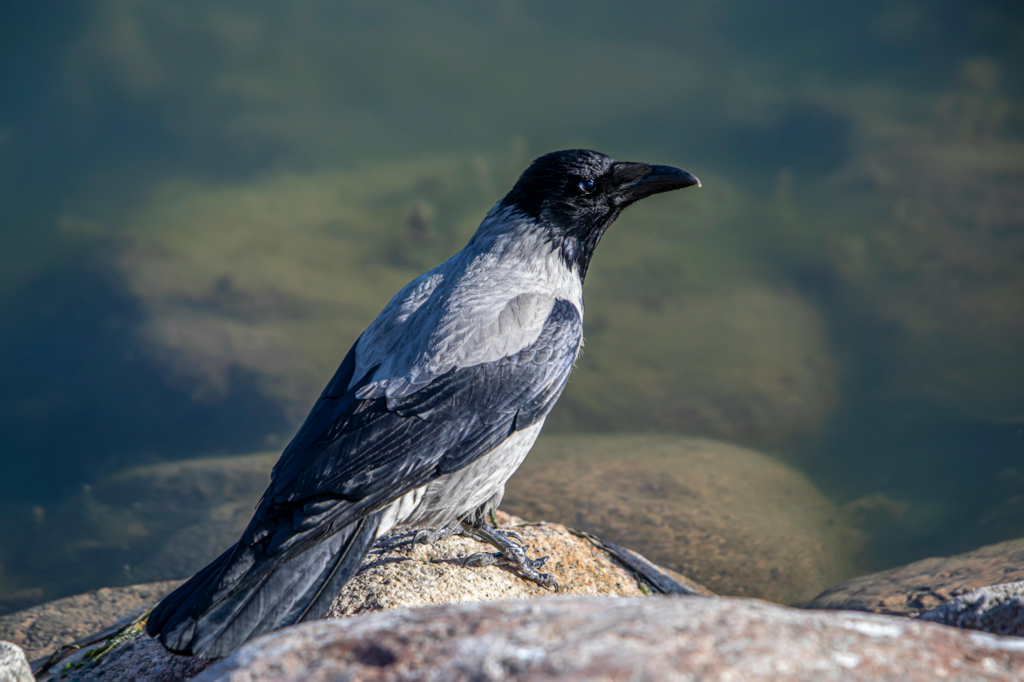
Pexels
In Scandinavian folklore, ravens are considered wise messengers of the gods. On New Year’s Day, some families leave out food offerings for these enigmatic birds. The belief is that if a raven accepts your gift, it signals that the gods have taken your prayers for the year into consideration. Ravens are often misunderstood in other cultures, but in Scandinavia, they are celebrated for their intelligence and mystical aura. This tradition not only fosters a connection to ancient mythology but also encourages a deeper appreciation for wildlife. The sight of a raven accepting an offering is both humbling and inspiring, symbolizing a bridge between the mortal and divine. It’s a unique and thought-provoking way to mark the start of the year.
10. Frogs for Fertility in Africa
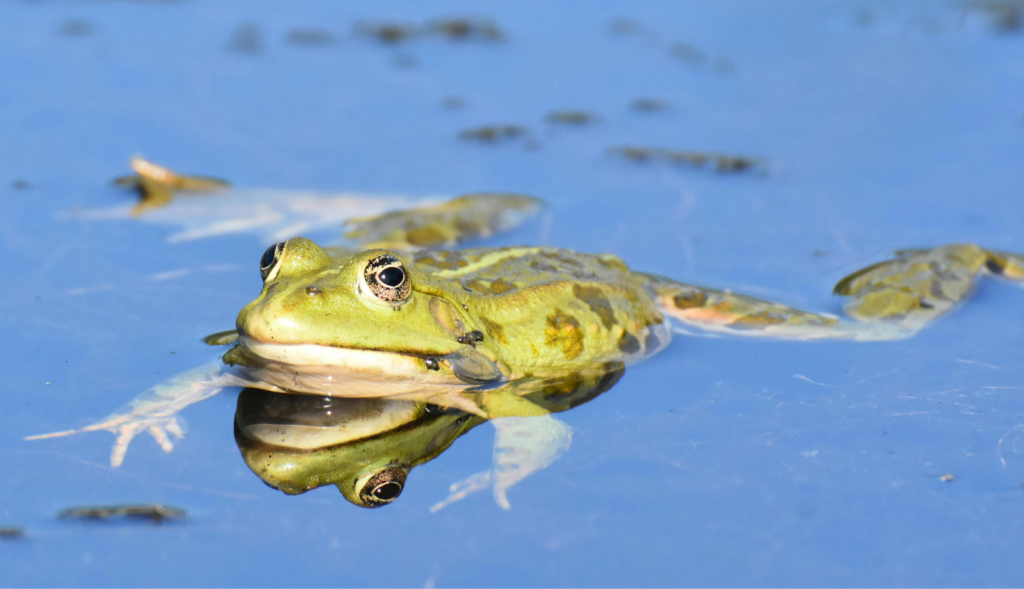
Pexels
In several African cultures, frogs are celebrated as symbols of fertility and rain, which are essential for agricultural success. During New Year’s ceremonies, it’s not uncommon to see people placing clay frog figurines in their homes or gardens. These figurines are believed to attract abundance, ensuring that crops flourish and families prosper in the coming year. Frogs, with their association with water and rebirth, become powerful emblems of renewal and growth. This tradition highlights the interconnectedness of nature and human well-being, reminding communities of their reliance on the environment. It’s a meaningful way to honor the past year’s blessings while setting intentions for a fruitful future.
11. Wishing on Fireflies in the Philippines
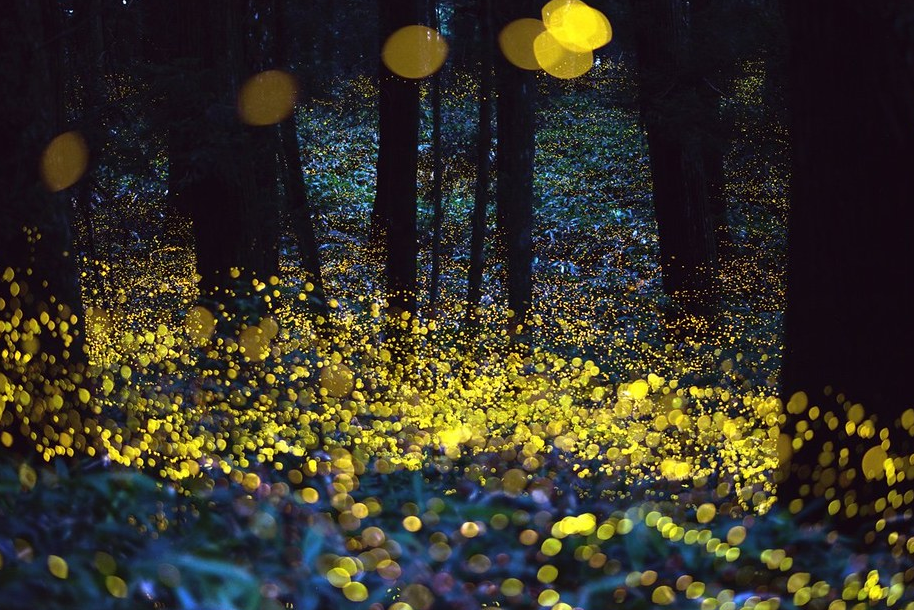
Flickr
In rural Philippine communities, fireflies are seen as magical carriers of wishes. During New Year’s celebrations, children are encouraged to catch and release fireflies while making a wish. The glowing insects symbolize hope and light, and their fleeting presence is thought to remind people to cherish the beauty of transient moments. Families often gather in fields or gardens to partake in this whimsical activity, creating a sense of wonder and connection. The tradition also reinforces the importance of respecting nature, as participants ensure the fireflies are released unharmed. It’s a luminous and heartwarming way to usher in the new year with optimism and gratitude for life’s small miracles.


